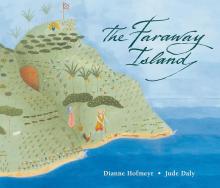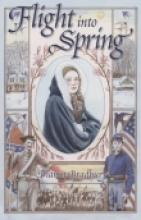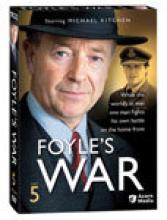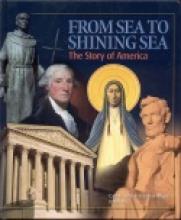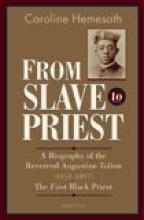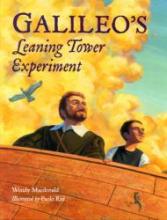History
Faraway Island
So, it just slightly based on the meager accounts of a tale that may have really happened... but still, it makes for a wonderful picture book! Perseverance, kindness, mystery... and true love bringing life to a lonely soul, all in the backdrop of the great navigations involving the Queen of Portugal herself: how can a reader resist it?
Suchi adds: The tale is based on the semi-legendary story of Fernando Lopez, who was a sort of Johnny Appleseed to the island of St. Helena. When he arrived, it was a barren spot in the Atlantic, but over the years, his work transformed it into a lush, beautiful island. Portuguese sailors would stop off there, take what they needed, and leave him grains and plants – even fruit trees – that he would plant and care for.
Fingal's Quest
The book is originally from the Clarion series, which also includes: If All the Swords in England, Beorn the Proud, Son of Charlemagne and Augustine Came to Kent.
Flight into Spring
Foyle's War
Guest review by the Hogan Family
From Sea to Shining Sea
From Slave to Priest
Galen and the Gateway to Medicine
Galen was born in 129 A.D. in present day Turkey (at that time part of the Roman Empire). When he studied medicine, medical training was very haphazard, but in his lifetime he revolutionized the idea of what a doctor should be, both by his example as a renowned doctor and his extensive writings on anatomy and pharmacology (some of which are still in existence today). His experience in treating patients from wounded gladiators to the wealthy of Rome to Roman emperors, extensive study of medicinal plants, dissection of animals, etc. led to his remarkable success as a doctor and the respect with which his writings were treated.
The medical aspects of the book largely focus on the quest to understand the purpose of each of the organs and the workings of the circulatory system. The author also provides us with a final chapter which summarizes the medical advancements after Galen that led to our current understanding of how the body works. Like Archimedes and the Door of Science, this story will be best understood by ages ten and up and takes a certain amount of concentration to follow the story and absorb its content well. However, the rewards are great in acquiring a deeper understanding of Roman culture, medicine, and the respect for life that has been passed down from the Hippocratic tradition.
Galileo's Leaning Tower Experiment
Science readers are to be found if you look around enough as this book demonstrates. It is the fictional story of Massimo, a boy who regularly throws his uncle's lunch off a bridge to his boat as his uncle rows by below. Galileo happens to see that the bread and the cheese land at the same time. The story ends atop the leaning Tower of Pisa, as legend suggests Galileo did.
The illustrations are a little disappointing, the people in particular. The story is sometimes forced as math and science readers often are; however, overall it is a great tale that teaches a basic principle of physics sure to have your children dropping objects from heights. It even alludes to Galileo's ramp experiments on acceleration. The last page briefly fills in the reader on the period in history, what in the story is fact and fiction, and the formula for calculating speed.
Overall this is a great introductory physics science book.
Galileo's Leaning Tower Experiment
Additional review: World Geography, World History, science... and some creative fictional characters as well! All in a beautiful information Picture Book.
The story of the legendary Leaning Tower of Pisa experiment by Galileo is brought to life here around the story of a boy, Massimo, who was very clever, and dropped his father's lunch from a bridge everyday in calculating motions... until a passer-by professor named Galileo witnesses it and rethinks the whole Aristotelian notion on the subject!
The pictures are colorful, warm and very pleasant, and some of the angles are taken from delightful perspectives!
A gem. A very nice way to introduce children to Galileo and to some concepts of Physics.

